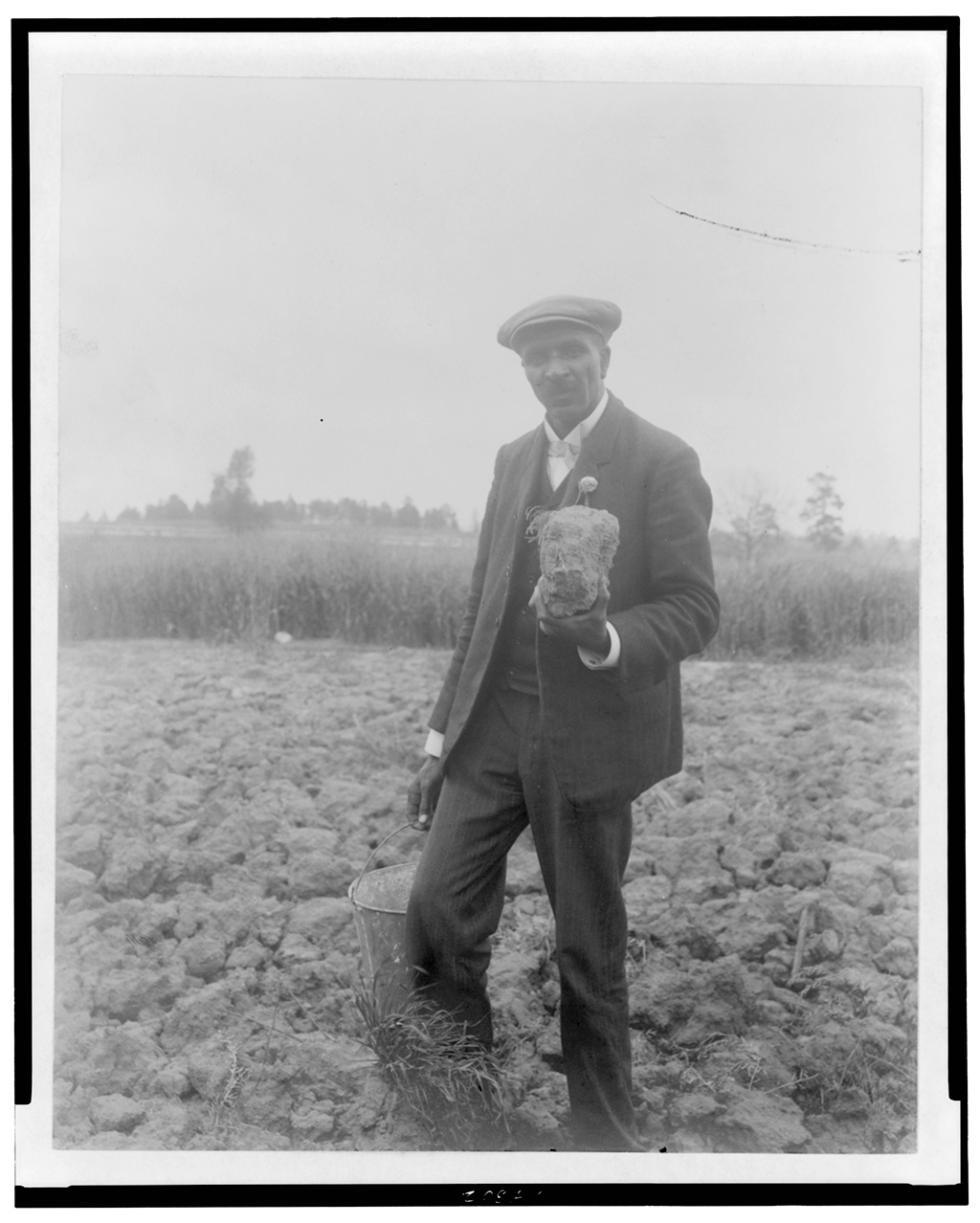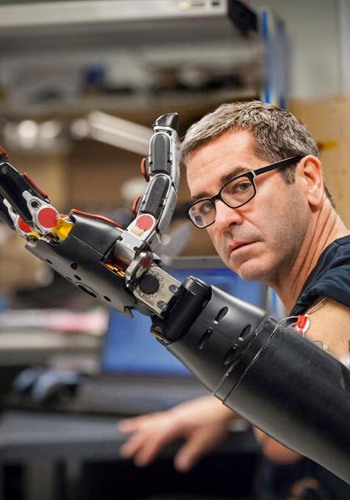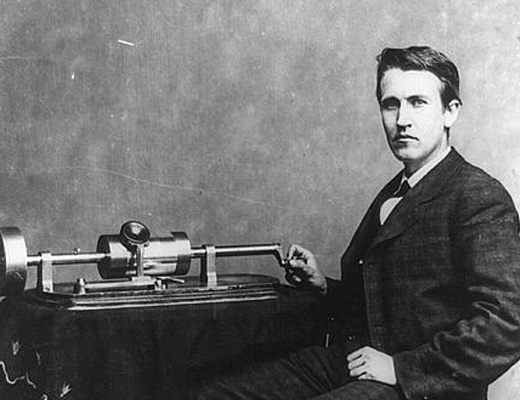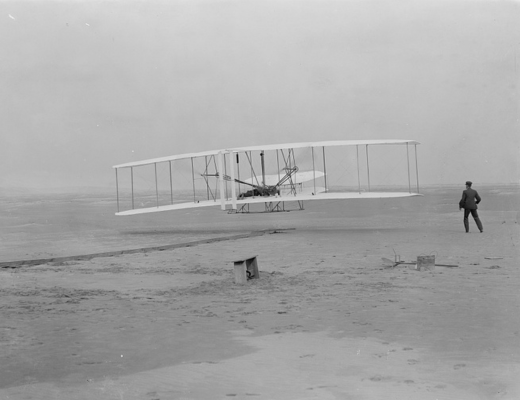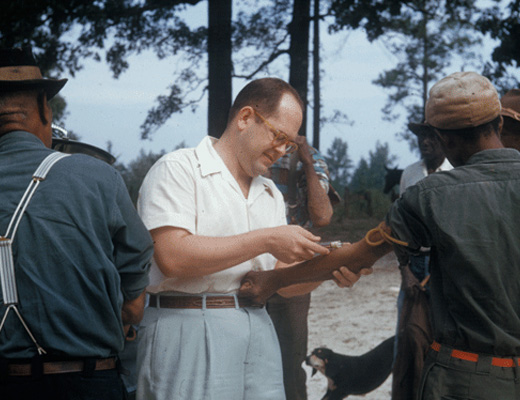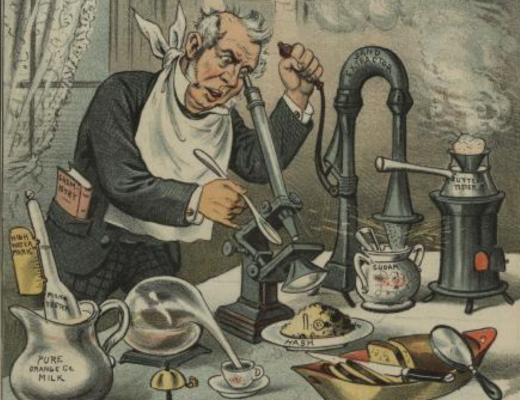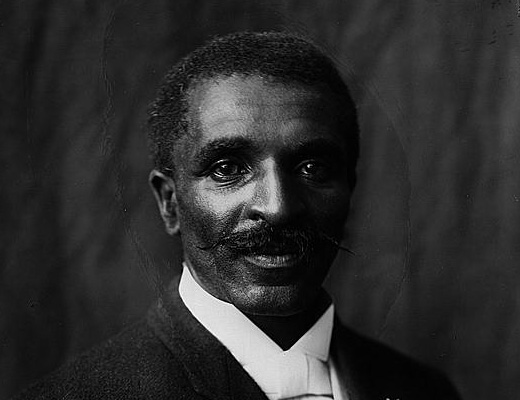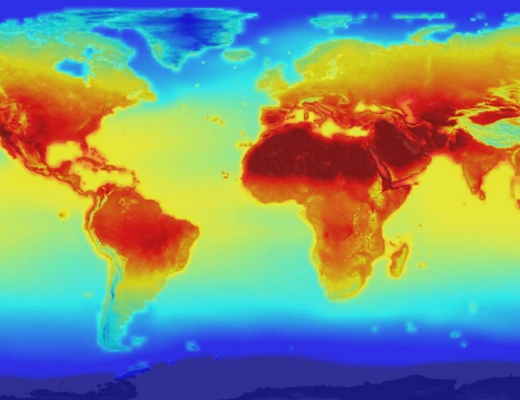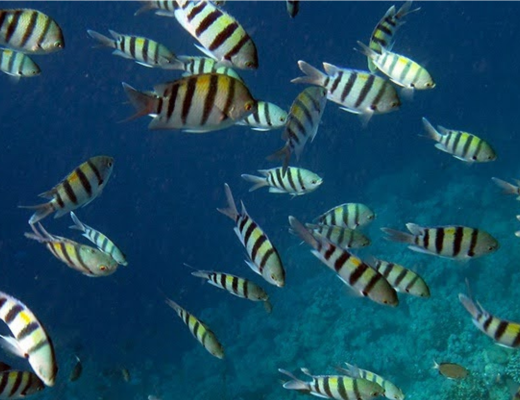Born into slavery during the Civil War, George Washington Carver became one of America’s preeminent scientists. Dr. Carver pioneered the implementation of crop rotation with specific nitrogen-generating crops like peanuts and other legumes, with the goal of helping African American farmers newly freed from slavery. Carver also mentored a generation of African American scientists at Tuskegee University in Alabama. Still, Carver was subject to the entrenched segregation of the United States at the turn of the 19th century. While celebrated in the media, Carver was still not free to use white only spaces in the South.
Directions
Use the magnifier to read the article “President Keynotes Tribute to Carver, Negro Scientist” and answer the questions in the boxes below.
The Voice. Lincoln, Nebraska. Jan. 8, 1948. Library of Congress
Questions
Annotate this Image
Directions: Analyze the picture of George W. Carver’s chemistry laboratory utilizing the magnifier to help you. Then use the annotation tool to take notes on the following questions:
- What do you see, think, or wonder about this document?
- What is unique about the people in the picture given that it was taken in 1902?
- Does the students’ attire in the laboratory say anything in particular?
Source: Johnston, Frances Benjamin, Chemistry laboratory at Tuskegee Institute, ca. 1902. Library of Congress
Use the toggle button above to switch to Magnify Mode. Magnify mode will help you see finer detail in the image.
Switch back to Annotate Mode to create your annotations with click and drag.
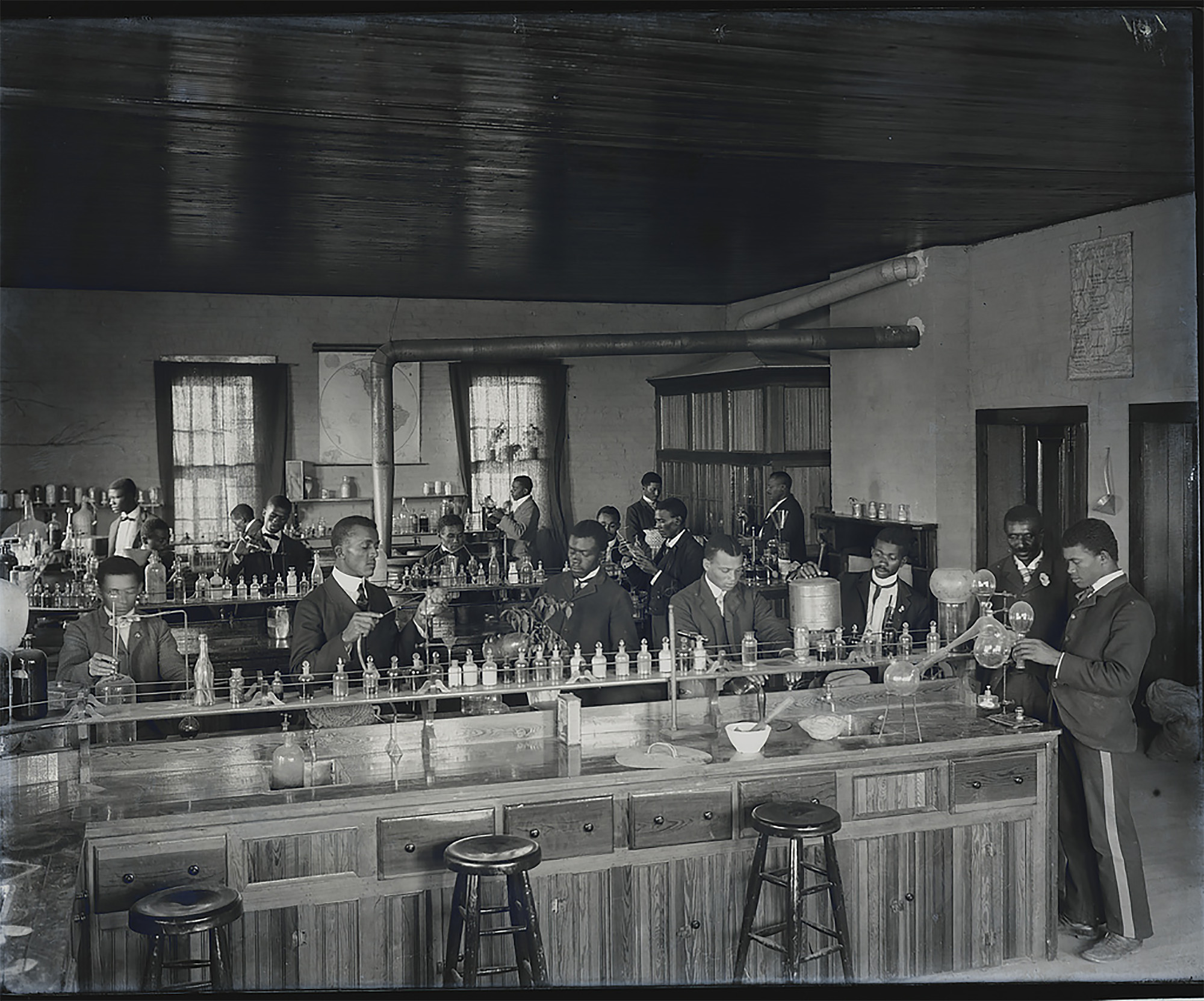
Your Annotations
Puzzler
Directions: Take a look at the different sections of the illustration one by one and answer the question that accompanies each section. At the end, you will see the completed image.
Source: Library of Congress
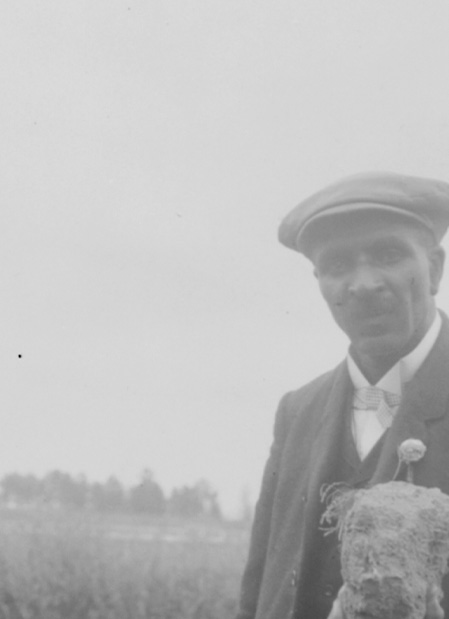
Cropped Image 1
What kind of environment is this? Where is the photo set?
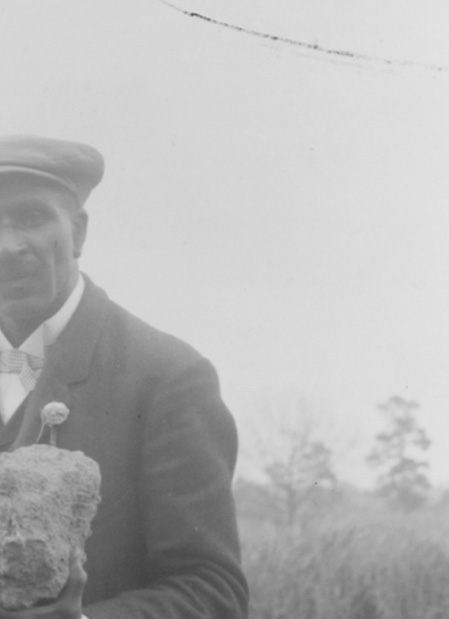
Cropped Image 2
Is this the type of clothing worn by a typical farmer? What does the man here appear to be holding?
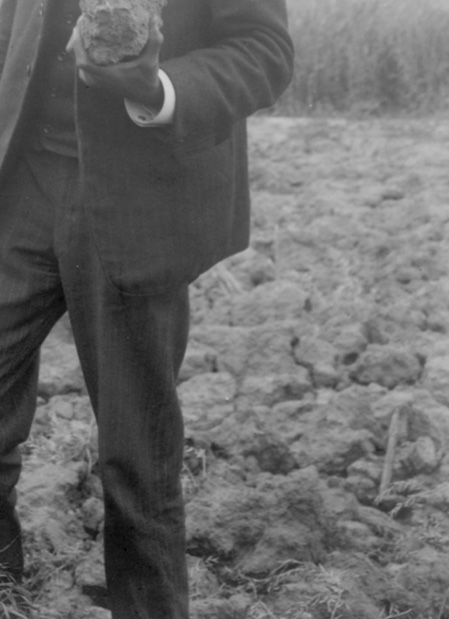
Cropped Image 3
What do you notice about the soil and other details in this segment?
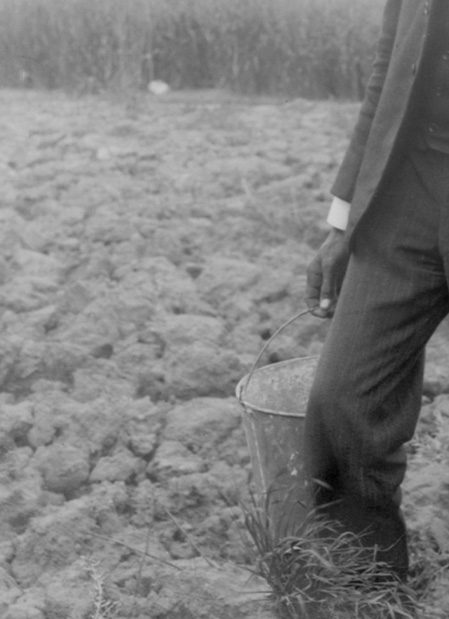
Cropped Image 4
What do you think is being collected in this bucket?
